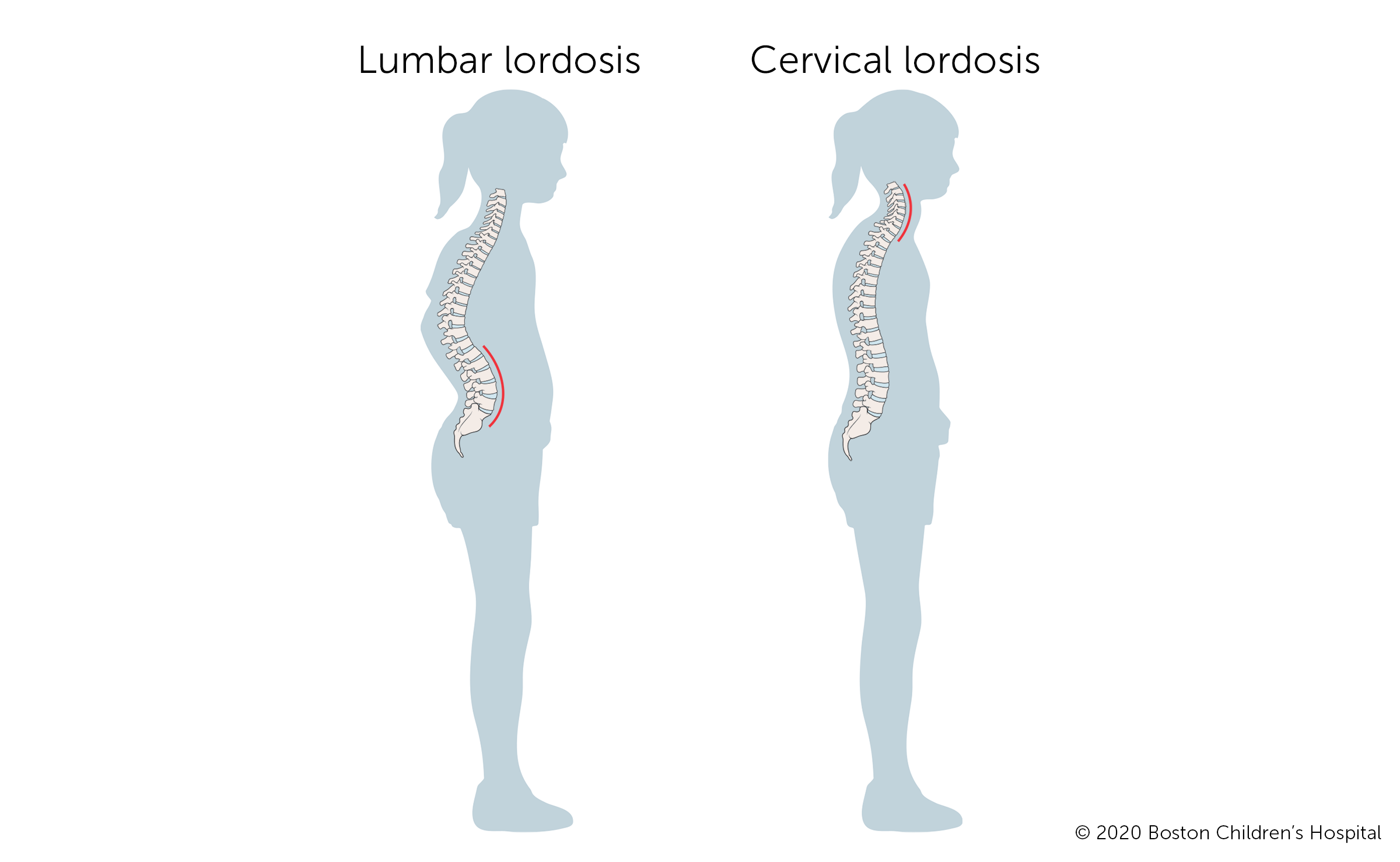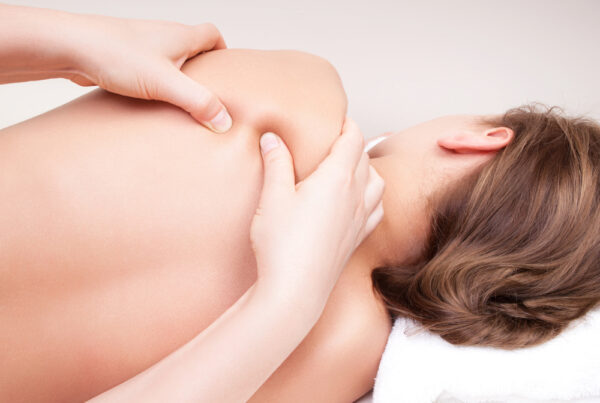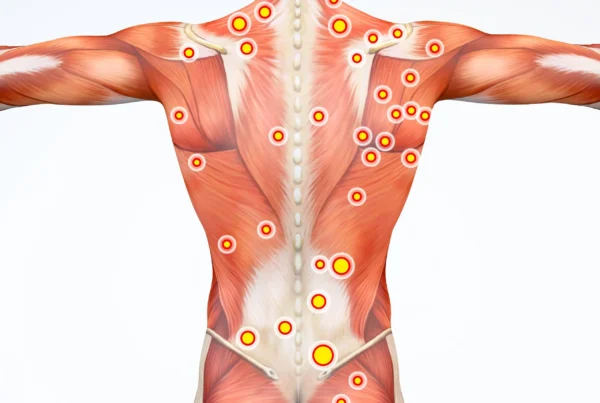A lordotic curve is normal, but if your arch is too far inward, it’s called lordosis or swayback. This can manifest as lower back lordosis or cervical spine lordosis.
Everyone’s spine curves a little in their neck, upper back, and lower back. These curves, which create your spine’s S shape, are called lordotic (neck and lower back) and kyphotic (upper back). They help your body:
- Absorb shock
- Support the weight of the head
- Align your head over your pelvis
- Stabilize and maintain its structure
- Move and bend flexibly
You have a natural lordotic curve, which is normal. But if your curve arches too far inward, it’s called lordosis or swayback. Lordosis can affect your lower back and neck. This can lead to excess pressure on the spine, causing pain and discomfort. It can affect your ability to move if it’s severe and left untreated.
Treatment of lordosis
- It depends on how serious the curve is and how you got lordosis. There’s little medical concern if your lower back curve reverses itself when you bend forward. You can probably manage your condition with physical therapy and daily exercise.
Common causes of lordosis
Lordosis can affect people of any age. Certain conditions and factors can increase your risk for lordosis. This includes:
- Spondylolisthesis: Spondylolisthesis is a spinal condition in which one of the lower vertebras slips forward onto the bone below. It’s usually treated with therapy or surgery. Find out more about the condition here.
- Achondroplasia: Achondroplasia is one of the most common types of dwarfism. Learn about its causes, diagnosis, and treatment.
- Osteoporosis: Osteoporosis is a bone disease that causes a loss of bone density, which increases your risk of fractures. Learn about its causes, symptoms, and treatments.
- Osteosarcoma: Osteosarcoma is a bone cancer that typically develops in the shinbone near the knee, the thighbone near the knee, or the upper arm bone near the shoulder. Read more about symptoms, diagnosis, and treatments.
- Obesity: Obesity is an epidemic in the U.S. This condition puts people at a higher risk for serious diseases, such as type 2 diabetes, heart disease, and cancer. Learn about obesity here.
What are the types of lordosis?
Lordosis in the lower back
- Lordosis in the lower back, or lumbar spine, is the most common type. The easiest way to check for this condition is to lie on your back on a flat surface. You should be able to slide your hand under your lower back, with little space to spare. Someone with lordosis will have extra space between their back and the surface. If they have an extreme curve, there’ll be a visible C-like arch when they stand. And from the side view, their abdomen and buttocks will stick out.
Cervical lordosis
In a healthy spine, your neck should look like a very wide C, with the curve pointing toward the back of your neck. Cervical lordosis is when your spine in the neck region doesn’t curve as it normally should.
This can mean:
- There’s too much of a curve.
- The curve is running in the wrong direction, also called reverse cervical lordosis.
- The curve has moved to the right.
- The curve has moved to the left.
What are the symptoms of lordosis?
- The most common symptom of lordosis is muscle pain. When your spine curves abnormally, your muscles get pulled in different directions, causing them to tighten or spasm. If you have cervical lordosis, this pain may extend to your neck, shoulders, and upper back. You may also experience limited movement in your neck or lower back.
- You can check for lordosis by lying on a flat surface and checking if there’s a lot of space between the curve of your neck and back and the floor. You may have lordosis if you can easily slide your hand through the space.
How to treat lordosis
Most people with lordosis don’t require medical treatment unless it’s a severe case. Treatment for lordosis will depend on how severe your curve is and the presence of other symptoms.
Treatment options include:
- Medication, to reduce pain and swelling
- Daily physical therapy, massage therapy, to strengthen muscles and range of motion
- Weight loss, to help posture
- Braces, in children and teens
- Surgery, in severe cases with neurological concerns
How to prevent lordosis
While there aren’t guidelines on preventing lordosis, you can perform some exercises to maintain good posture and spine health. These exercises can be:
- Shoulder shrugs
- Neck side tilts
- Yoga poses, like Cat and Bridge pose
- Leg raises
- Pelvic tilt on a stability ball






